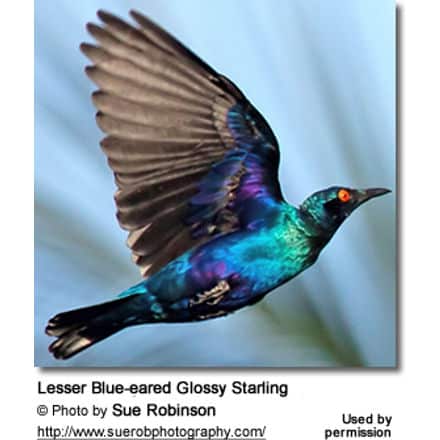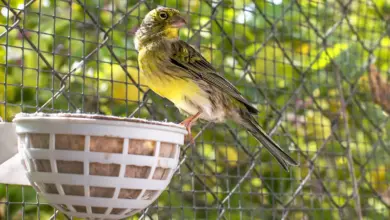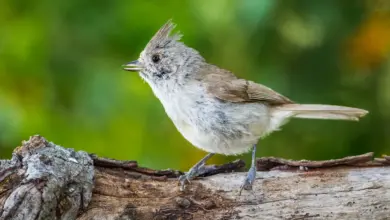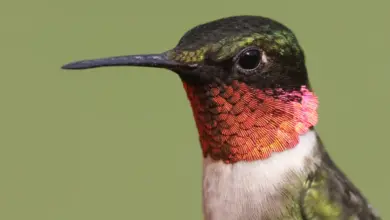Lesser Blue-eared Glossy Starlings
The Lesser Blue-eared Glossy Starlings (Lamprotornis chloropterus) – also known as Swainson’s Green-tailed Glossy Starlings – occur naturally in West and Southern Africa, as well as parts of East Africa.
Distribution / Range
Lesser Blue-eared Glossy Starlings occur naturally in the following African countries: Benin, Burkina Faso, Burundi, Cameroon, Central African Republic, Chad, the Democratic Republic of the Congo, Ivory Coast, Eritrea, Ethiopia, Gambia, Ghana, Guinea, Guinea-Bissau, Kenya, Liberia, Malawi, Mali, Mozambique, Namibia, Nigeria, Senegal, Sierra Leone, Sudan, Tanzania, Togo, Uganda, Zambia, and Zimbabwe.
They inhabit Miombo woodlands and wooded savannas. They mostly occur in lowland areas; however, in the south of their range, they typically remain above 2,600 feet (800 meters) and in Kenya above 3,300 feet (1000 meters).
They are locally common and resident in many areas; although some populations may move south at the end of the rainy season.
Outside the breeding season, they are typically found in noisy flocks, often with other starlings, such as Purple Glossy Starlings and Greater Blue-eared Starlings. When breeding, they typically separate in pairs.
Subspecies and Distribution:
- Lesser Blue-eared Glossy-Starling, Lesser Blue-eared Glossy-Starling (northern, nominate form)Lamprotornis chloropterus chloropterus Swainson, 1838
- Range from Senegal through Gambia, Guinea-Bissau, Guinea, northern Sierra Leone, Mali, and Ivory Coast east to southern Chad, Central African Republic, southern Sudan, and western Ethiopia north to Eritrea, and south to northern Uganda and northwestern Kenya.
- [Lamprotornis chloropterus cyanogenys] – Not officially recognized. Proposed race described from Sennar, in Sudan – mostly regarded as a synonym of the nominate form
- Miombo Blue-eared Starling, Southern Blue-eared Glossy-starling, Abyssinian Lesser Blue-eared Glossy Starling, Southern Lesser Blue-eared Glossy Starling (Lamprotornis [chloropterus] elisabeth – Stresemann, 1924) – More recently separated into a full species; however, some authorities still consider it a subspecies
- Range extends from southwestern Uganda, southeastern Kenya, south to Tanzania, east to southeastern Democratic Republic of Congo, south to Zambia, Malawi, northern and western Mozambique and Zimbabwe, and extreme northeastern Namibia (eastern Caprivi).
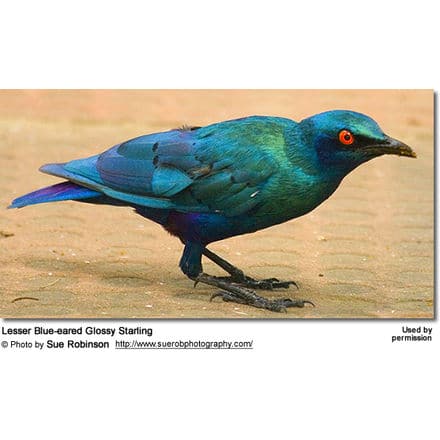
Description
Lesser Blue-eared Glossy Starlings are small starlings, measuring about 7 – 8 inches (~18 – 20 cm) in length, including the relatively short tail.
The plumage is mostly glossy blue-green. The lores (areas between the eyes and the beak) and ear coverts (feathers covering the ears) are blackish, the latter with a blue hue.
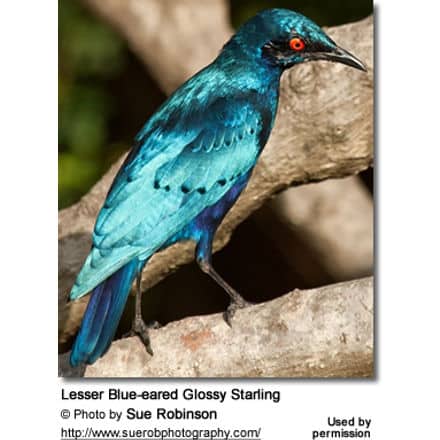
There are some dark spots near the tips of the upper tail-coverts (feathers). The blue-green wings have dark velvety spots at the tips of the median and greater flight feathers. The flanks, thighs, and the center of the abdomen are violet-blue.
The bill and legs are black and the eyes orange-yellow.
Males and females look alike.
Similar Species:
- The Lesser Blue-eared Starlings resemble the Greater Blue-eared Starling, except the latter are smaller in size and have a shorter tail; and the Lesser Blue-eared Glossy Starlings have orangey-eyes, compared to the yellow-eyed Greater Blue-eared Glossy Starlings.
Alternate (Global) Names
Afrikaans: Klein-blouoorglansspreeu … Chinese: ?????? … Afrikaans: Klein-blouoorglansspreeu … Czech: Leskoptev malá … Danish: Miomboglansstær, Sydlig Blåøret Glansstær … Dutch: Blauwoorglansspreeuw … Finnish: Purppuraperäkottarainen … French: Choucador de Swainson, Étourneau métallique de Swainson, Merle métallique de Swainson, Étourneau à oreillons bleus … German: Elisabethglanzstar, Messingglanzstar … Italian: Storno splendente guanceblu minore, Storno splendido blu minore … Japanese: himeseikimukudori, koseikimukudori … Norwegian: Småglansstær … Polish: blyszczak niebieskouchy, b?yszczak niebieskouchy … Portuguese: Estorninho-pequeno-de-orelha-azul … Russian: ????????? ????????? ??????? … Slovak: liskavec modrosluchý … Spanish: Estornino Brillante de Orejas Azules Chico, Estornino de Swainson … Swahili: Kuzi Bawa-kijani … Swedish: Mindre glansstare, Miomboglansstare
Diet / Feeding
They mostly feed on fruit, seeds, nectar, and insects (including beetles, termites, and grasshoppers).
They seem to prefer ground feeding; although may forage in trees.
Breeding / Nesting
These starlings are monogamous (remaining with one mate). They typically nest in tree cavities. The average clutch consists of 2 – 5 eggs.
A Cornell study found that these starlings participate in cooperative breeding efforts in times of unpredictable rainfall, where members of a family help raise their siblings, nephews / nicest or cousins, or even offspring unrelated to themselves.

